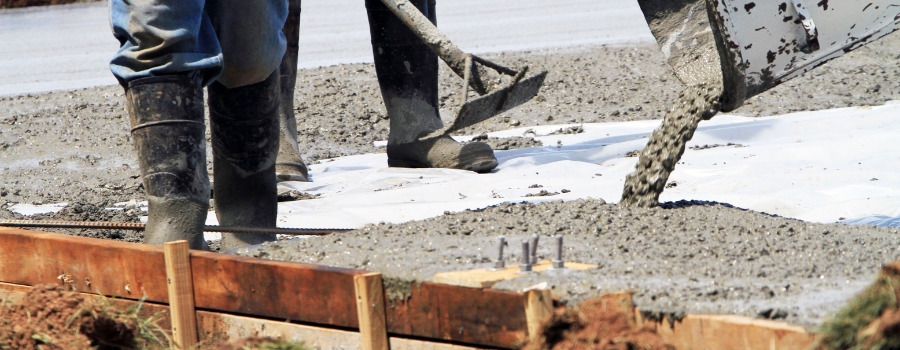
Exploring Efficient Methods of Concrete Deliveries for Construction Projects
The reliable and efficient delivery of concrete is crucial for successful project execution. The method chosen for concrete delivery significantly impacts the construction process, timeline, and overall project quality. Here, let us know about five methods of concrete deliveries that cater to diverse project needs, emphasizing the importance of seamless logistics and precision in construction.
Ready-Mix Concrete Delivery: A Standard of Consistency
Ready-mix concrete delivery has become a cornerstone of modern construction. This method involves batching concrete at a centralized plant, where skilled technicians ensure precise mixture ratios and quality control. The mixed concrete is then transported in specialized mixer trucks to the construction site. This approach offers consistency in quality, eliminates on-site mixing variables, and allows for efficient use of materials. Ready-mix delivery proves particularly advantageous for projects with tight schedules and the need for large volumes of homogeneous concrete.
Volumetric Concrete Mixers: Flexibility and On-Site Customization
Volumetric concrete mixers introduce a dynamic approach to concrete delivery. These mobile batching plants carry separate compartments for aggregates, cement, and water. The ingredients are mixed on-site, enabling adjustments to the mix design based on real-time requirements. This flexibility is invaluable for projects demanding various concrete types or remote locations with limited access to ready-mix plants. Volumetric mixers reduce wastage and enhance efficiency, making them suitable for smaller-scale or specialized projects.
Concrete Pump Delivery: Precision Placement for Complex Structures
Concrete pump delivery revolutionizes the way concrete is placed within a construction site. There are two main types of concrete pumps: boom pumps and line pumps. Boom pumps employ hydraulic arms to place concrete accurately over obstacles, making them ideal for high-rise structures and inaccessible areas. Line pumps are more suitable for horizontal placements and offer cost-effective solutions for medium-sized projects. Concrete pumps ensure precise placement, minimizing labor and enhancing quality, making them a preferred choice for intricate construction designs.
Belt Conveyor Systems: Overcoming Terrain Challenges
In situations where traditional delivery methods face challenges due to rough terrain or restricted access, belt conveyor systems come to the fore. These systems employ belts or conveyors to transport concrete from the mixing plant to the construction site. They are particularly effective in traversing difficult landscapes and can significantly reduce labor-intensive efforts required for transporting concrete manually. Belt conveyor systems are suitable for projects in areas where conventional methods might be impractical.
Tilt-Up Delivery Method: Efficiency in Vertical Construction
The tilt-up method is a unique approach that streamlines the construction of walls or panels. Concrete panels are cast horizontally on-site, and upon curing, cranes are employed to lift and tilt them into their vertical positions. This method significantly reduces formwork requirements, expediting the construction process. Tilt-up delivery is well-suited for projects with repetitive elements, such as warehouses, retail buildings, or large-scale commercial structures.
Conclusion
Concrete deliveries lay the foundation for successful construction projects, and choosing the appropriate method is paramount to ensure efficiency, quality, and cost-effectiveness. From the steadfast consistency of ready-mix concrete deliveryto the adaptive flexibility of volumetric mixers, the precision of concrete pump placements, the resilience of belt conveyor systems, and the innovation of the tilt-up method, each approach caters to unique project demands.
As construction techniques continue to evolve, so do the methods of concrete delivery. It's essential for project managers, engineers, and contractors to carefully assess project requirements, timeline, location, and structural intricacies when selecting the most suitable method. Ultimately, chosen method of concrete deliveries can make a significant impact on the construction process, contributing to the successful realization of structures that stand the test of time.